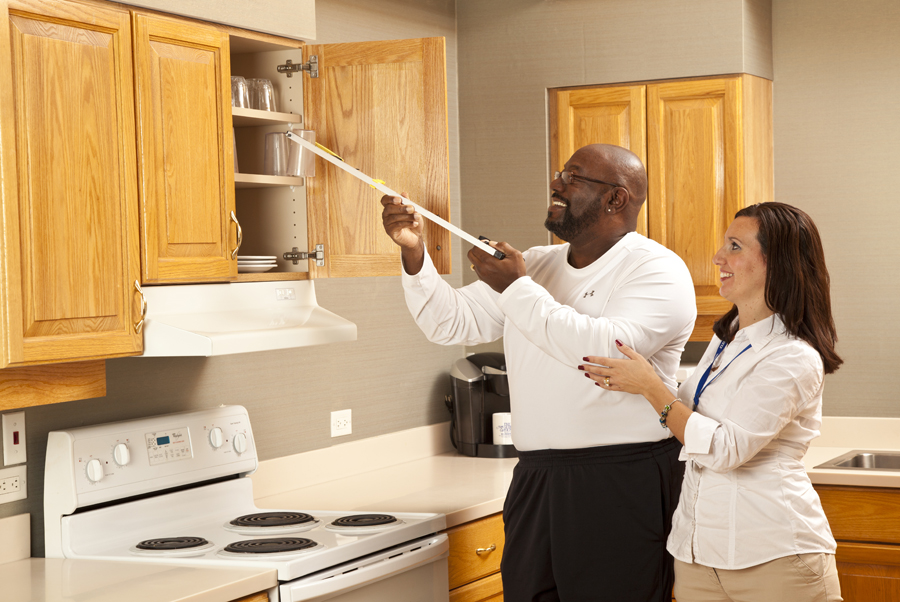Understanding Common Athletic Injuries as well as Efficient Rehabilitation Plans for Sports Players
Sports injuries are common among athletes of all ages and skill levels. These traumas can happen in various types, including ligament injuries, strains, breaks, and tendonitis. Comprehending the kinds of traumas that can happen during sports activities is crucial for both prevention and care. Ligament injuries, for example, entail the stretching or rupturing of ligaments, which connect skeletal structures at a joint. Strains, on the contrary hand, impact muscle tissues or tendons, which connect muscle tissues to skeletal structures. Recognizing these traumas early can assist athletes obtain suitable treatment and return to their activity more rapidly.One of the most commonly seen traumas in sports is the foot ligament injury. This trauma often happens when an athlete touches down awkwardly or rotates their ankle during a match. Symptoms of an ankle ligament injury include pain, swelling, and difficulty moving. Prompt care typically involves the R.I.C.E. approach, which stands for Recovery, Ice, Wrapping, and Elevation. This approach helps reduce inflammation and pain. In severe severe situations, rehabilitative treatment may be necessary to regain power and mobility to the ankle before returning to sports.
Another frequent injury is a muscular strain, which can happen in all sport that requires quick movements or intense lifting. Sportspeople may experience a muscular injury when they stretch a muscular tissue too much or when they exert too great effort. Signs include sharp discomfort, swelling, and muscular spasms. Recovery for muscle strains often entails light stretching and conditioning exercises. Slowly raising exercise levels is crucial to avoid re-injury. Sportspeople should work closely with a rehabilitative therapist to create a safe and effective rehabilitation strategy.
Tendon inflammation is another trauma that can impact athletes, particularly those who engage in repetitive movements, such as runners or swimmers. This condition happens when a tendon structure, which connects muscle to bone, becomes swollen. Frequent areas affected by tendonitis include the arm, upper arm, and knee. Signs often include pain and stiffness, especially during activity. Care for tendonitis usually includes recovery, ice, and pain-relief medications. In certain situations, physical therapy may be recommended to enhance mobility and power in the affected area.
Preventing athletic traumas is just as crucial as treating them. Athletes can reduce their chance of trauma by warming up properly before activities, using the appropriate gear, and keeping good fitness condition. Strength conditioning and stretching workouts can help prepare the physique for the requirements of athletics. Additionally, athletes should listen to their physical condition and allow rest when needed. By understanding common athletic traumas and implementing effective recovery plans, athletes can stay fit and participate in their beloved athletic activities for years site link to follow.
